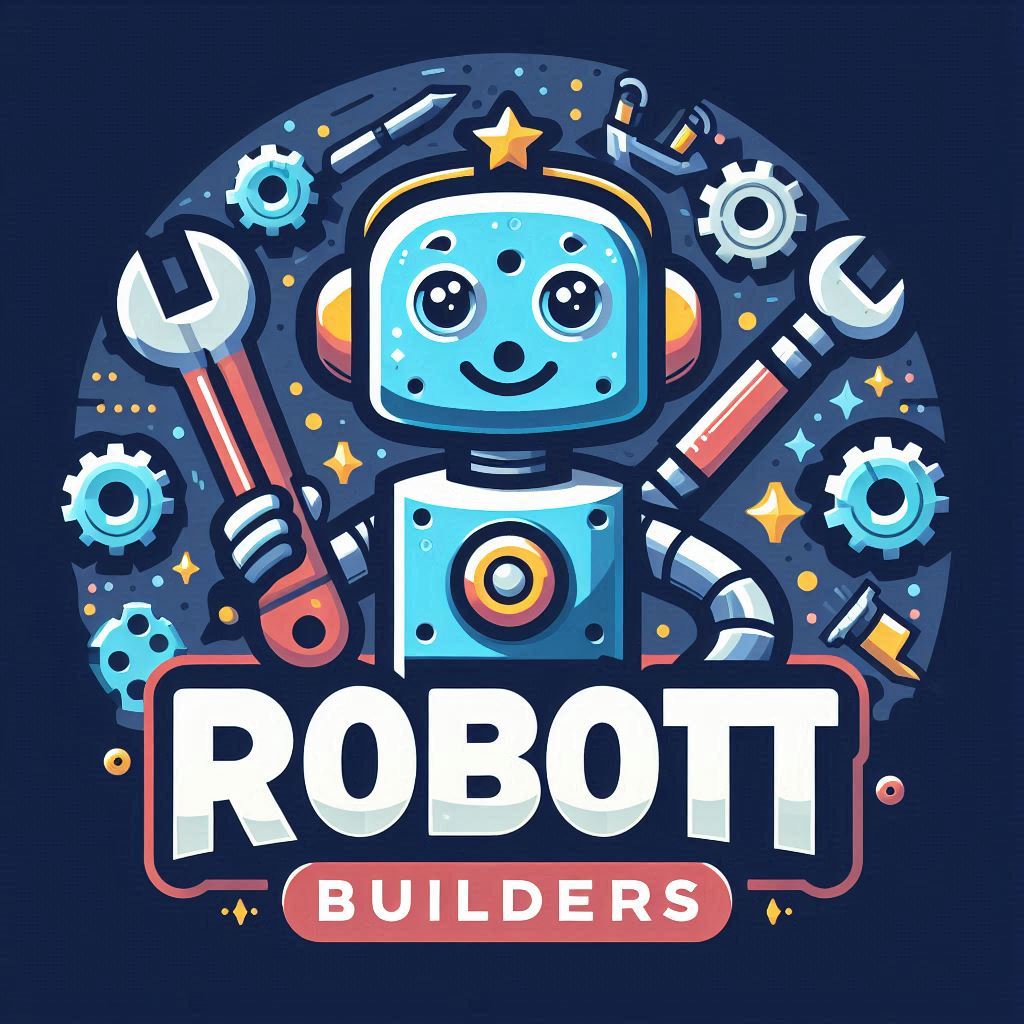Introduction
Virtual Reality (VR) is transforming the way people engage with digital environments, creating immersive and interactive experiences across industries like gaming, education, healthcare, and training simulations. With the integration of Artificial Intelligence (AI), VR becomes even more dynamic—allowing for real-time interactions, adaptive environments, and intelligent virtual agents.
This guide explores how to build AI-powered tools for VR, structured with SEO optimization to improve visibility and engagement.

1. Why AI is Essential for VR Experiences
AI enhances VR by making virtual environments smarter and more responsive. Some key improvements include:
- AI-Driven Object Recognition – AI identifies and interacts with virtual elements in real time.
- Natural Language Processing (NLP) for Voice Commands – AI enables speech-driven interactions in VR.
- Adaptive Learning & User Behavior Analysis – AI customizes VR experiences based on individual actions.
- Procedural Content Generation – AI automatically creates realistic environments and scenarios.
- Real-Time Motion Tracking & Predictive Analytics – AI enhances movement accuracy for immersive gameplay.
With AI, VR becomes more engaging, interactive, and intelligent.
2. Selecting AI Technologies for VR Development
To develop AI-powered VR tools, selecting the right AI models and development frameworks is crucial.
Recommended AI & VR Technologies
- Unity ML-Agents – AI-powered reinforcement learning for VR applications.
- TensorFlow & PyTorch – AI-driven machine learning models for virtual interactions.
- OpenAI GPT for NLP – AI-powered speech processing for virtual assistants in VR.
- Computer Vision APIs (Google Vision, OpenCV) – AI enhances VR object tracking and recognition.
- NVIDIA Omniverse – AI-driven 3D simulation environments for VR experiences.
These technologies allow developers to create smarter, more responsive virtual worlds.
3. Preparing Data for AI-Powered VR Tools
AI models require structured training data to improve object recognition, speech commands, and user interactions.
Sources for AI-Driven VR Optimization
- Motion Capture Data – AI tracks real-time human movements for enhanced realism.
- Speech & Conversational Datasets – AI improves virtual assistants in VR environments.
- 3D Environmental Scanning – AI generates realistic virtual spaces dynamically.
- User Interaction Logs & Behavior Analytics – AI adapts VR experiences based on engagement trends.
Steps in Data Processing for AI VR Models
- Cleaning & Standardizing Data Formats – AI ensures accurate virtual object detection.
- Feature Engineering for AI Algorithms – AI refines movement tracking and NLP models.
- Augmenting Training Data with Simulations – AI improves predictive behavior modeling.
- Testing AI-Generated Environments for Interactivity – AI enhances adaptability and user immersion.
Structured data ensures AI-powered VR tools provide realistic and intelligent interactions.
4. Training AI Models for VR Intelligence
AI in VR must learn from human interactions and adapt dynamically.
Optimizing AI Training for VR Experiences
- Deep Learning for Gesture Recognition – AI deciphers body movements with precision.
- Reinforcement Learning for Adaptive Virtual Agents – AI improves interactions with NPCs in VR.
- Computer Vision for Object Detection & Realism – AI ensures photorealistic textures and assets.
- AI-Powered Predictive Behavior Modeling – AI refines interactions based on past user experiences.
A well-trained AI model enhances immersion, responsiveness, and personalization in VR.
5. Deploying AI-Powered VR Applications
Once trained, AI-powered VR tools must be integrated into applications for real-time interaction.
Deployment Strategies
- Cloud-Based AI VR Processing – Enables scalable, high-performance virtual environments.
- VR API Integration for AI Chatbots & Voice Assistants – AI enables speech-driven experiences.
- AI-Powered User Behavior Adaption – AI adjusts scenarios dynamically for better engagement.
- Cross-Platform VR Compatibility – AI ensures accessibility across Oculus, HTC Vive, and PlayStation VR.
AI deployment transforms VR into intelligent, user-responsive ecosystems.
6. SEO Optimization for AI-Powered VR Solutions
To improve online visibility, AI-enhanced VR applications must follow SEO best practices for search rankings.
SEO Techniques for AI-Driven VR Applications
- Keyword Optimization – Use relevant phrases like “AI in VR development,” “intelligent virtual reality tools,” and “VR AI interaction models.”
- Mobile & VR-Friendly Website Optimization – AI-powered VR experiences must be accessible across devices.
- Content Marketing & Case Studies – Publish guides, user success stories, and AI-driven VR research.
- Backlinking & Industry Collaborations – Partner with gaming studios and tech providers for credibility.
- SEO Metadata Optimization for Search Engines – Improve visibility for Google rankings and VR content indexing.
SEO-driven AI VR solutions gain industry recognition and enhance user engagement.
7. Monitoring AI Performance & Refining Virtual Interactions
AI-powered VR models require ongoing optimization to adapt to new technologies and user feedback.
Tracking AI Efficiency in VR Development
- Real-Time Interaction Metrics – AI refines immersive experiences based on user responses.
- Gesture Recognition Accuracy Evaluations – AI improves movement tracking precision.
- Conversational AI & NLP Refinements – AI enhances speech-driven interactions.
- VR Hardware Adaptability & Updates – AI ensures compatibility across different VR devices.
Continuous AI improvements keep VR experiences realistic, adaptive, and cutting-edge.
Final Thoughts
AI-powered VR development enables intelligent, immersive virtual experiences by integrating machine learning, NLP, computer vision, and predictive analytics. AI-driven VR applications enhance gaming, education, healthcare simulations, and interactive storytelling—creating realistic, dynamic virtual worlds.
